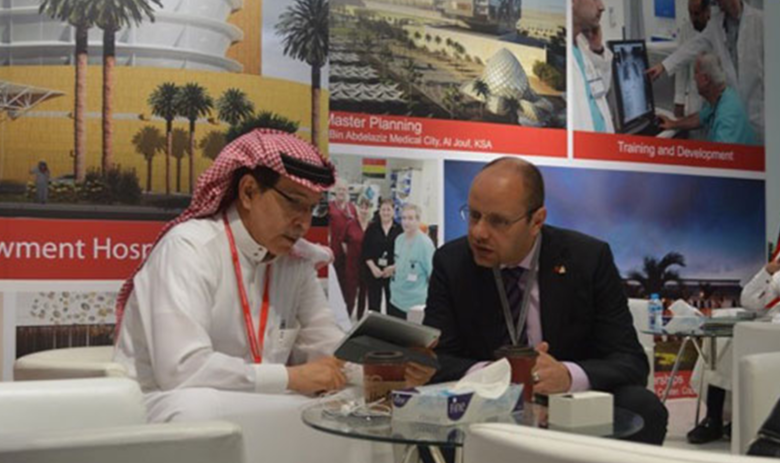
Is your facility and its electrical infrastructure prepared?
As electric vehicles (EVs) become more prevalent, they present a challenge for institutional-type facilities that have significant on-site parking, in terms of how to address the charging requirements of EV owners. Toronto’s Sunnybrook Health Sciences Centre (SHSC) is one such facility. With a three million ft2 campus and 4,535 parking spots, vehicular traffic exceeds 10,000 cars per day.
In 2018, SHSC was experiencing power outages in parking lots due to EV owners using adapters and extension cords to charge their vehicles from housekeeping receptacles. Recognizing the growing demand for on-site charging and wishing to promote green initiatives, SHSC investigated available incentive programs for an EV charging project.
HH Angus was engaged to assist SHSC in delivering this project. The first decision was to identify the type and number of charging stations that would best meet the needs within the established budget. One of the first decisions was which charging level to provide of the three levels available. Level 2 was selected, offering a full charge in four to six hours.
Key considerations for the supply of EV charging stations included physical construction and design features (for example, retractable charging cords were an important feature); service agreements; built-in wireless connectivity; and warranty coverage. It was also necessary to address the increased electrical load for the parking lots through power distribution upgrades and modifications to existing switchgear.
An important decision with direct impact on the installation design was the selection of dual-head EV charging stations, which allow two adjacent vehicles to be serviced by a single charging station. SHSC eventually installed 20 dedicated EV charging stations.
The entire project was successfully completed in approximately four months. By undertaking the necessary project planning, institutional facilities can help ensure their parking areas are ready to meet the requirements of EV owners and further support of green initiatives.

Philip Chow, P.Eng., P.E., was the lead engineer on the project and is a senior project manager at H.H. Angus & Associates Ltd. He specializes in electrical projects and construction in critical facilities and can be reached at philip.chow@hhangus.com.

Bavan Poologarajah,EIT., was the senior electrical designer on the project and worked on the project from initial concept design to final commissioning. Bavan has worked on a number of electrical projects in critical facilities and can be reached at Bavan.Poologarajah@hhangus.com.

